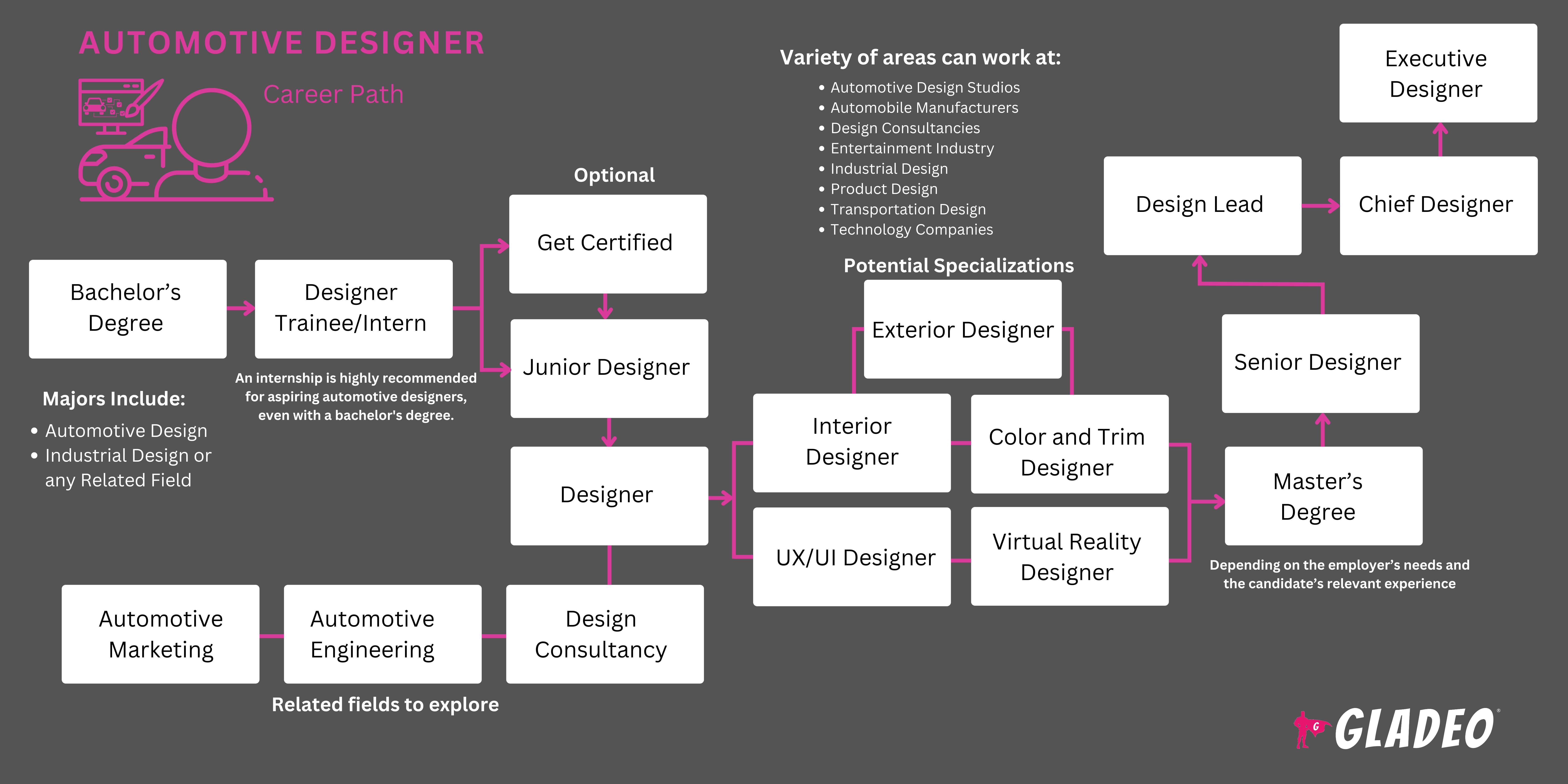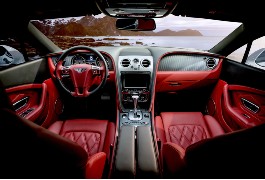Spotlights
Kỹ sư thiết kế ô tô, Nhà thiết kế xe, Nhà tạo mẫu ô tô, Nhà thiết kế ý tưởng ô tô, Nhà thiết kế ngoại thất ô tô, Nhà thiết kế nội thất ô tô, Người tạo mô hình đất sét ô tô, Nhà thiết kế CAD ô tô, Kỹ sư nguyên mẫu ô tô, Tư vấn thiết kế ô tô
Every year, ~100 million new motor vehicles are produced around the globe. Most of them are made by just 14 corporations (such as Ford, Toyota, GM, and Honda) that control the 60 top automobile brands. These companies employ the world’s greatest Automotive Designers, the visionaries behind the appearance and functional aspects of the cars, trucks, vans, and other vehicles we drive or ride in.
Automotive Designers are specialized industrial designers. They are not necessarily engineers, but they do work with engineers and require a deep understanding of materials, computer-aided design, and manufacturing processes. From initial sketches to final production, they focus on both form and function to create innovative, attractive vehicles for an already-crowded marketplace. They must also be aware of market trends to ensure the final product is something customers will want to buy!
- Creating innovative, visually appealing vehicle designs
- Contributing to the development of cutting-edge automotive technology
- Opportunities to work on a variety of vehicle types and styles
- Collaborating with multidisciplinary teams of engineers and designers
Lịch làm việc
- Automotive Designers typically work full-time in design studios, with overtime needed on occasion. They may travel to manufacturing plants or testing facilities.
Nhiệm vụ tiêu biểu
- Research market trends and consumer preferences
- Brainstorm and conceptualize ideas for new vehicle designs
- Develop preliminary sketches and renderings
- Write design briefs outlining project goals, target buyers, and design requirements
- Collaborate with marketing teams to align designs with brand identity and market needs
- Work with engineering teams to assess design feasibility, costs, manufacturability, and technical constraints
- Work with UX/UI designers to integrate digital interfaces and connectivity features
- Use CAD software to develop technical drawings, blueprints, and digital 3D models
- Present concepts to stakeholders, clients, and potential customers for approval. Gather feedback to refine designs
- Conduct virtual simulations and testing to evaluate performance and aerodynamics
- Build full-scale prototypes to assess form, fit, and function
- Conduct physical testing and validation of prototypes in real-world conditions to validate design performance and safety
- Ensure compliance with safety and environmental regulations
- Review and approve final design iterations before production
- Monitor production processes to ensure designs are accurately translated into final products
Trách nhiệm bổ sung
- Participate in design competitions and exhibitions
- Collaborate with suppliers and manufacturers to select materials and components
- Engage in continuous professional development through workshops, courses, and industry events
- Contribute to strategic planning to align design goals with company objectives
- Incorporate sustainable design principles to minimize environmental impact
- Develop marketing and sales materials to support product launches
- Provide support for after-sales services such as maintenance and repair instructions
- Mentor and guide junior designers, sharing knowledge and best practices
Kỹ năng mềm
- Chú ý đến chi tiết
- Truyền thông
- Sáng tạo
- Tư duy phản biện
- Ra quyết định
- Kiên nhẫn
- Thuyết phục
- Giải quyết vấn đề
- Làm việc theo nhóm
- Quản lý thời gian
Kỹ năng kỹ thuật
- 2D graphic design tools like Adobe Illustrator, Photoshop, and InDesign
- Project management software like Microsoft Project, Trello, or Asana
- Collaboration tools such as Slack or Microsoft Teams
- Design plans and 3D models with AutoCAD, CATIA, SolidWorks, and Rhino
- Electrical systems, battery management, wiring, and integration of electronic components (using software like Altium Designer or EAGLE)
- Ergonomics and human factors engineering
- Human-machine interface design (Sketch, Adobe XD, or Axure RP)
- Knowledge of materials (e.g., metals, composites, plastics) and how they are used in vehicle manufacturing for casting, molding, and assembly
- Manufacturing constraints and lean manufacturing principles
- Photorealistic rendering and animations (KeyShot, V-Ray, or Lumion)
- Product lifecycle management software like Siemens Teamcenter or PTC Windchill
- Regulatory standards and compliance, including safety standards and environmental regulations
- Simulation software (ANSYS, Simulink) to test structural integrity, aerodynamics, and crashworthiness
- Sound design and acoustics tools such as EASE or SoundPLAN
- Surface modeling techniques (ICEM Surf or Alias Surface)
- Sustainability and eco-design
- Technical drawing and modeling skills (Alias and Blender)
- Vehicle dynamics and engineering principles (suspension systems, aerodynamics, powertrain components, etc.)
- Virtual reality and augmented reality tools for immersive design reviews (Unity, Unreal Engine, or Autodesk VRED)
- Automotive manufacturers
- Design consultancies
- Engineering firms
- Independent design studios
The role of an Automotive Designer demands a unique blend of artistic vision and engineering knowledge. They must balance creativity with practicality, ensuring their designs are innovative and manufacturable. This requires collaboration with engineers to meet technical limitations and cost constraints.
The job is demanding, especially when there are tight deadlines or multiple projects being worked on. Designers have to stay flexible and able to shift focus between projects, as needed. But there’s nothing like seeing the results of their hard work when their designs are brought to life and are out there being driven on roads around the world. That tangible outcome provides a profound sense of accomplishment and pride! In addition, for those who reach star status within the community, their reputations can land them a measure of celebrity recognition and, of course, much higher pay.
The automotive design industry is changing faster than ever, with manufacturers around the world striving to outdo each other’s designs, technology, and performance. This competition accelerates the pace of change as companies push the boundaries to gain an edge. There’s an emphasis on sustainable and electric vehicle design, with automakers seeking to market eco-friendly vehicles made with sustainable materials and energy-efficient technologies.
Autonomous driving is also revolutionizing vehicle design, as designers must incorporate sensors and cameras while reimagining interiors for self-driving cars. Another trend is the focus on consumer user experience, which ties into factors such as digital connectivity, intuitive interfaces, and advanced infotainment systems.
When they were younger, Automotive Designers often enjoyed drawing and sketching, building models, and working on car restoration projects. They likely had a strong interest in art, design, and engineering.
- Automotive Designers usually have at least a bachelor’s degree in industrial design, automotive design, or a related field
- A master’s may be preferred, depending on the employer’s needs and the candidate’s relevant experience
- Common courses or topics to study include:
- 2D Graphic Design
- Advanced CAD Techniques
- Advanced Surface Modeling
- Automotive Safety Standards and Environmental Regulations
- Nguyên tắc thiết kế
- Electrical Systems and Electronics Integration
- Ergonomics and Human Factors Engineering
- Human-Machine Interface Design
- Materials Science for Automotive Manufacturing
- Simulation and Analysis
- Sound Design and Acoustics
- Sustainable Design and Eco-Friendly Practices
- Technical Drawing and 3D Modeling
- Virtual and Augmented Reality in Design
- Internships or co-op programs in design studios or automotive companies are beneficial for gaining practical, hands-on experience
- Các chứng nhận tùy chọn bao gồm:
- Certified SolidWorks Professional
- Certified Automotive Designer
- Certified CATIA Associate
- Certified Professional in Engineering (for engineers)
- Sustainable Design Certification
- Professional development is important for staying current with evolving technologies and regulations. Automotive Designers
should attend workshops or take courses through sites like Coursera, Udacity, and LinkedIn - Designers should consider joining organizations like the Industrial Designers Society of America or the Society of Automotive Engineers. Attending events and industry-specific conferences is a good way to stay updated and grow your network!
- Quyết định hình thức chương trình (tại trường, trực tuyến hoặc kết hợp) phù hợp với nhu cầu của bạn.
- Seek an ABET-accredited program at a school with strong industrial or automotive design programs, well-funded labs, research
opportunities, internships, and co-op programs with industry partners. - Cân nhắc chi phí học phí so với các khoản hỗ trợ tài chính và học bổng hiện có.
- Đánh giá trình độ của giảng viên và thành tích của cựu sinh viên.
- Hãy xem xét kết quả sau khi tốt nghiệp như tỷ lệ tìm được việc làm.
- Focus on art, design, and STEM courses. Study the history of auto designs, including what leading designers consider the most impressive designs, the most game-changing, the best-selling, and the most unpopular
- Seek internships, part-time jobs, cooperative educational programs, mentorship opportunities, or apprenticeships in design studios or auto manufacturing plants
- Keep track of your work and academic accomplishments for your resume and college applications, and build a portfolio of projects and research experiences
- Stay updated with industry trends and advancements by reading articles in the International Journal of Vehicle Design and other journals, or by watching informational videos
- Reach out to do an informational interview with a working
Automotive Designer. See if you can shadow them at work for a day - Join online automotive designer-related discussion groups and professional organizations like the Industrial Designers Society of America
- Review job posts and read the job descriptions to see what current qualifications and specializations employers are looking for

- Jobs like these are often found through networking, so make connections by going to professional association events. Let your network know you’re looking for work!
- Research potential employers and visit their career pages for job openings
- Apply for internships, apprenticeships, co-op programs, and entry-level positions
- Ask your academic program manager if they have ties with local employers or recruiters
- Explore job listings on portals such as Indeed, LinkedIn, and Glassdoor
- Use an Automotive Designer resume template to get ideas for formatting and phrasing
- Include relevant resume keywords such as:
- Automotive Design
- CAD Software (CATIA, AutoCAD, SolidWorks)
- 3D Modeling and Rendering
- Concept Development
- Design Prototyping
- Materials and Manufacturing Processes
- Ergonomics and Human Factors
- Quản lý dự án
- Team Collaboration
- Market Trend Analysis
- Create a digital portfolio showcasing your projects and contributions. Detail your roles, skills used, and the impact of your work
- Prepare for interviews by brushing up on relevant terminology and trends
- Hãy hỏi những người giám sát cũ và giáo sư đại học để xin thư giới thiệu hoặc thư giới thiệu
- Utilize your university’s career center for resume help, mock interviews, and job fairs
- Review potential job interview questions, such as “What techniques do you use to ensure your designs are both aesthetically pleasing and functional?” or “How do you incorporate feedback from stakeholders into your design process?”
- Stay informed about the industry. Be ready to discuss trends and technologies during interviews
- Ăn mặc chuyên nghiệp khi phỏng vấn xin việc
- Discuss advancement opportunities with your supervisor
- Volunteer for challenging projects to demonstrate your skill and adaptability
- Proactively seek additional education and training to benefit your career and employer
- Stay current with the latest software, tools, and methodologies
- Consider specialized certifications such as the Certified
Automotive Designer certificate or a graduate degree to deepen your expertise - Explore different areas within Automotive Design to broaden your expertise. For example, if you usually only work on cars, try designing trucks, vans, or buses
- Travel to other countries to learn about their design programs and styles. Study the work of the industry’s top designers
- Build strong relationships with colleagues, managers, and stakeholders
- Cố vấn cho các đồng nghiệp cấp dưới hoặc thực tập sinh để phát triển kỹ năng lãnh đạo
- Consider switching employers to advance your career. Move to cities known for automobile manufacturing jobs such as Detroit, Michigan; Toledo, Ohio; Arlington, Texas; Louisville, Kentucky; and Chattanooga, Tennessee.
- Keep active in professional associations to grow your network and reputation. Go to conferences, volunteer to serve on committees, and contribute scholarly articles to industry journals or publications
Trang web
- Auto & Design
- Automotive Design & Production
- Automotive Design Organization
- Automotive Engineering Magazine (SAE International)
- Automotive Testing Technology International
- Automotive World Magazine
- Car Design News
- IEEE Xplore
- Hiệp hội các nhà thiết kế công nghiệp Hoa Kỳ
- International Journal of Design
- International Journal of Vehicle Design
- Journal of Intelligent and Connected Vehicles
- Journal of Mechanical Design
- ScienceDirect
- Society of Automotive Engineers
- SpringerLink
Sách vở
- 100 Cars That Changed the World: The Designs, Engines, and Technologies That Drive Our Imaginations, by Auto Editors of Consumer Guide
- Car Design Yearbook, by Stephen Newbury
- Concept Cars: Designing the Future, by Publications International Ltd.
- Dream Cars: Chronicle of Design and Performance, by Publications International Ltd.
- How to Design Cars Like a Pro by Tony Lewin
- Introduction to Modern Vehicle Design, by Julian Happian-Smith
Automotive design is a highly sought-after career option, and students must be competitive and knowledgeable about future trends such as electric and autonomous vehicles, eco-friendly designs, and ever-changing consumer preferences. If you’re curious about a few alternative careers to explore, check out our list below!
- Advanced Driver-Assistance Systems Engineer
- Automotive Aerodynamics Engineer
- Automotive Ergonomics Specialist
- Automotive Powertrain Engineer
- Automotive Safety Systems Designer
- Automotive Software Engineer
- Battery Systems Engineer
- CAD Technician
- Chassis Engineer
- Concept Artist
- Connected Vehicle Engineer
- Digital Modeler
- Kỹ sư điện
- Electric Vehicle (EV) Engineer
- Kỹ sư môi trường
- Fuel Cell Engineer
- Thiết kế đồ họa
- Human Factors Engineer
- Nhà thiết kế công nghiệp
- Infotainment Systems Engineer
- Kỹ sư sản xuất
- Materials Scientist
- Kỹ sư cơ khí
- Kỹ sư cơ điện tử
- Process Engineer
- Product Designer
- Nhà khoa học nghiên cứu
- Kỹ sư robot
- Kỹ sư an toàn
- Thermal Systems Engineer
- Transmission Engineer
- Trình thiết kế Trải nghiệm Người dùng (UX)
- Vehicle Dynamics Engineer
- Virtual Reality (VR) Specialist
Nguồn cấp tin tức

Việc làm nổi bật

Các khóa học và công cụ trực tuyến







